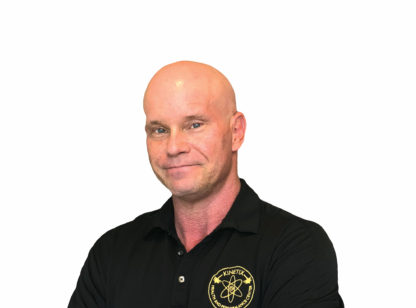One of the most important questions asked by patients when they start a course of treatment is how long the regimen will take and how many sessions they will need to get the relief they seek.
Naturally, this depends on what condition is being treated, whether it is headaches; neck, back, shoulder or foot pain; vertigo or Bell’s palsy; internal conditions such as indigestion or IBS, or stress-related problems. Also relevant is whether the pain/problem has been chronic for months or years, or is an acute condition from a recent injury. Often, if someone has just hurt themselves (they used improper technique when lifting, or suffered a sports injury), they can be helped in just one or a few sessions.
However, full and complete healing takes two: participation by both the patient and the provider.
It is very important for patients to take an active role in their own recovery, and follow through with their practitioners’ recommendations to assist healing at home. Herbs and supplements won’t work if you don’t take them; physical therapy needs to be done at home; exercise may need to moderate until underlying inflammation is resolved. Too often when patients get treated for sports-related problems and then feel a little better, they go off and play 18-holes of golf, or too many sets at tennis, or overdo it cleaning the house or at the gym, and the pain rebounds. Unfortunately, they often then conclude that the therapy isn’t working.
Healing the root cause of a chronic condition is not done overnight. After all, it may have taken a long time for this condition to develop. As we heal, we must slowly start to make minor changes, which may be challenging. Many aspects of healing can start by adjusting our personal habits, particularly diet and exercise. Stress is also one of the biggest factors and a root cause of many conditions. Learning to adapt to problems and even change your thinking about issues can be a key factor to change.
When addressing a health condition, we need to build a team to get better. That team may include the right medical doctor or specialist, an acupuncturist, a chiropractor, and a nutritionist. However, among all the team members, the most important one is YOU, the patient.
It takes two to create changes that bring about health. The practitioner needs to address the issues and start to reduce signs and symptoms; the patient needs to participate by making lifestyle changes, and following through on recommendations. Attending to minor aches and pains now is better than waiting until you need surgery. Even if you do need surgery, you should be in the best condition possible to accelerate recovery.
Health is a team effort and YOU are the most important member of that team. Are you ready to take control of your health and to make changes to your lifestyle if necessary?
Dr.Sheppard is the founder of AcQpoint Wellness Center in Palm Desert and can be reached at (760) 345.2200. www.AcQPoint.com.















































Comments (0)